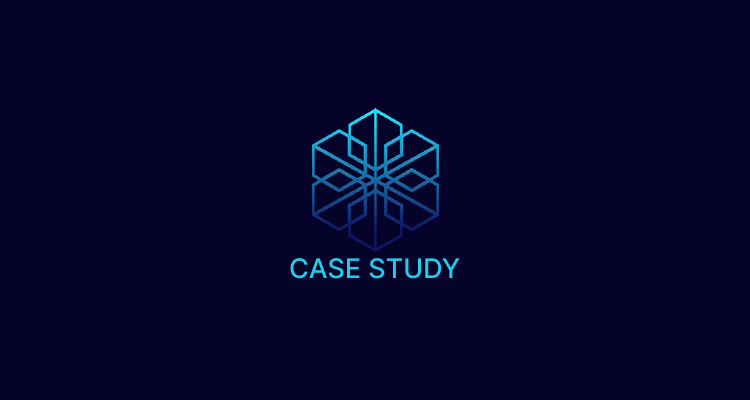Overview: Saudi Aramco, the world’s largest integrated energy and chemicals company, faced significant supply chain risks due to geopolitical tensions and fluctuating global oil demand in 2024. With an expansive network of upstream and downstream operations, the company required a robust solution to maintain operational continuity, optimize costs, and ensure delivery commitments. By deploying Sinansys’ supply chain visibility platform, Saudi Aramco successfully mitigated disruptions, enhanced transparency, and strategically optimized its logistics operations.
The Challenge: Saudi Aramco’s supply chain faced a combination of challenges:
- Geopolitical Risks: Escalating regional tensions threatened critical supply routes and transportation infrastructure.
- Demand Volatility: Fluctuations in global oil demand created inefficiencies in inventory and logistics management.
- Environmental Regulations: New compliance requirements demanded enhanced reporting on emissions across the supply chain.
- Operational Complexity: Managing a global network of suppliers, refineries, and distribution channels required real-time visibility and seamless collaboration.
The Sinansys Solution: Leveraging Sinansys’ AI and blockchain-backed capabilities, Saudi Aramco adopted a comprehensive approach to address its supply chain challenges:
- Geopolitical Risk Assessment: Sinansys’ predictive analytics modeled potential disruptions based on geopolitical developments. The platform provided real-time alerts and scenario-based risk assessments, enabling Saudi Aramco to proactively reroute shipments and secure alternative transportation corridors.
- Demand Forecasting and Inventory Optimization: The platform’s AI algorithms analyzed historical and real-time data to predict demand patterns. By aligning inventory levels with forecasted demand, Saudi Aramco reduced excess inventory and minimized storage costs, saving an estimated $20 million annually.
- Emissions Tracking and Compliance: Sinansys’ blockchain-enabled tracking system provided auditable records of emissions across the supply chain. This feature allowed Saudi Aramco to comply with international environmental regulations and optimize transportation routes to reduce carbon emissions by 15%.
- Supplier and Logistics Optimization: The platform’s real-time visibility enabled Saudi Aramco to evaluate supplier performance, negotiate favorable terms, and identify cost-effective logistics solutions. Blockchain-backed data ensured transparency and strengthened supplier relationships.
- Collaboration and Communication: Through a centralized dashboard, Sinansys facilitated seamless communication between stakeholders, ensuring synchronized decision-making across the global supply chain network.
The Results:
- Reduced Disruption: Proactive risk management avoided significant disruptions, preserving over $50 million in revenue.
- Cost Savings: Optimized inventory and logistics operations resulted in $25 million in annual cost savings.
- Improved Sustainability: Emissions reductions of 15% translated to enhanced compliance and reputational benefits, valued at $10 million.
- Strengthened Resilience: Enhanced supply chain transparency and agility positioned Saudi Aramco to better navigate future disruptions, creating long-term value estimated at $30 million.
Total Financial Benefits: The combined financial benefits, including revenue preservation, cost savings, and sustainability gains, amounted to $115 million annually.
Conclusion: This case study demonstrates how Sinansys’ advanced technology empowered Saudi Aramco to navigate a complex and volatile supply chain landscape. By integrating predictive analytics, blockchain transparency, and AI-driven optimization, Saudi Aramco achieved significant financial and operational benefits. The collaboration highlights Sinansys’ potential to drive resilience and sustainability for energy and chemical industry leaders.
*Disclaimer - This case study is for informational and illustrative purposes only. It is based on publicly available data, industry trends, and hypothetical scenarios rather than direct experience or engagement with the business described. Any insights, strategies, or recommendations provided do not reflect confidential or proprietary knowledge of the company and should not be interpreted as an endorsement or formal association. Readers should conduct their own research and due diligence before making any business decisions based on the content of this case study.
